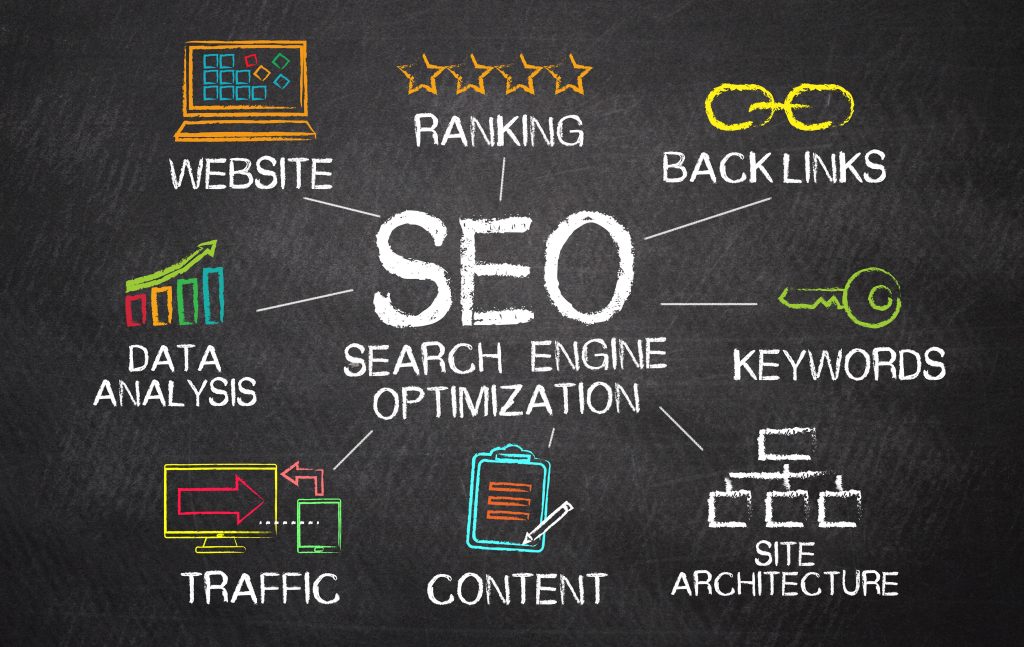If there’s one thing that characterizes SEO practitioners, it must be their ability to recover quickly from obstacles.

Google are constantly changing their SEO algorithm, leaving months of work useless when their ranking factor shifts.
As a result, it is important to keep up with the latest SEO trends that arise and manage to adapt to these changes. All the new updates including Maverick, and BERT brought new practices that have transformed SEO, and the most recent updates are no exception.
SEO has certainly become more sophisticated, as its focus has changed, and the ranking system is now able to distinguish between keyword stuffing and user intent. This has made it more difficult to rank high and calls for marketers to adapt.
Google launched Bidirectional Encoder Representations from Transformers (BERT), early in 2019. The implementation of BERT made the algorithm increasingly efficient in recognizing the correlation between words and the intent behind a specific query.
However, BERT was only the beginning. During Google´s conference in January 2021, Google revealed a whole new model for interpreting and servicing its users. This model is known as MUM or Multitask United Model. The new model can analyze text, images, and videos from 75 different languages.
The AI model “MUM” can understand its users’ feelings, analyze the context, and distinguish between word search and intent. This guides the model in analyzing and providing us with compatible answers to our search query. In other words, users will not have to make several queries before finding the right answer.
As of November 2021, MUM has yet to be implemented and is still in testing. Until its implementation, we cannot be completely accurate in understanding its power or effectiveness, nor the search results. However, if it´s like BERT, it is possible to imagine improved attention towards authority signals and an answer-centric approach to content.

Due to covid-19, e-commerce and online shopping reached new peaks, as it was the only option available for most consumers. Therefore, it is not a surprise that the big players in e-commerce certainly benefitted from this ongoing trend. Until recent years, Google´s online shopping capabilities have not been very strong.
Despite Google having a shopping search engine, it never became as popular as Amazon or eBay. However, today Google has finally started to dive into the e-commerce business and online shopping.
In May 2021, Google announced the launch of “Shopping Graph”. It is explained as an AI-enhanced model that can interpret a constantly changing set of products, brands, sellers, reviews, product information, and the inventory data from the online stores directly.
This means that people can discover and shop for products that are available right now. Google´s partnership with Shopify (has also allowed its many merchants to feature their product range across Google’s platforms which have drastically increased the size of Google’s product catalog.
The implementation of “The Shopping Graph” has therefore made products far more available and expanded consumers’ range of products. However, the ever-growing product range does imply that digital marketers will have to take new and improved measures to keep up.
Voyage Marketing Norway works with optimizing SEO on behalf of the clients.

Recent Comments